Idrw Team
SOURCE: IDRW.ORG

In a significant leap forward for drone defense technology, RattanIndia Enterprises’ step-down subsidiary, Throttle Aerospace Systems, has announced the commencement of trials for its indigenously developed anti-drone platform, The Defender. This state-of-the-art system leverages vision-based techniques and powerful artificial intelligence to actively track and neutralize rogue drones, marking a crucial advancement in safeguarding against aerial threats.
The Defender is specifically designed to address the increasing threats posed by unauthorized drones. Utilizing non-lethal methods, it captures rogue drones using a net, ensuring minimal collateral damage. The platform is augmented by advanced AI capabilities, which enhance its efficiency and precision in tracking and neutralizing targets.
Continue readingSOURCE: IDRW.ORG

The P17 Alpha Project, involving the construction of three advanced warships for the Indian Navy, has progressed significantly. All three vessels have been successfully launched, and construction is underway at a steady pace as per Garden Reach Shipbuilders & Engineers Ltd (GRSE).
While all three ships have already been launched, construction continues at a steady pace. The first ship boasts an impressive 70% physical progress, while the second and third ships are at 60% and 47% completion, respectively.
Continue readingSOURCE: IDRW.ORG
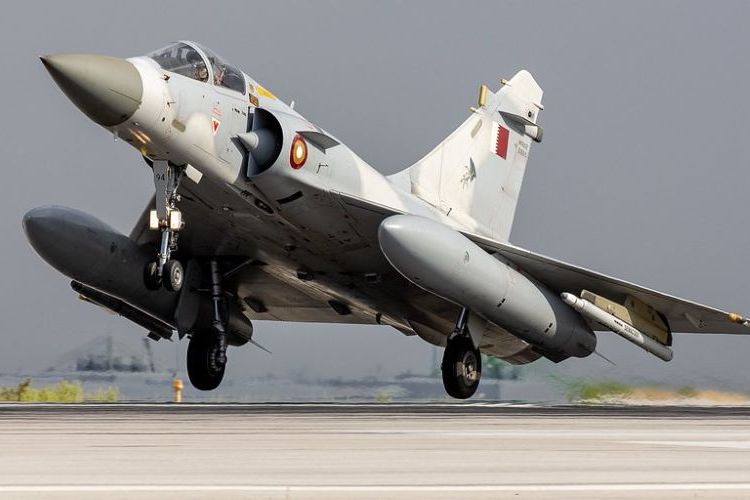
India and Qatar are in discussions again on the possible purchase of 12 Mirage-2000-5 fighter jets by the Indian Air Force (IAF). This isn’t the first time these two countries have negotiated over these particular jets.
Nearly two decades ago, in 2005, India and Qatar held talks for the sale of the same 12 Mirage-2000-5s. Back then, the jets were relatively new acquisitions for Qatar, having been procured just seven years prior in 1998. However, the deal fell through due to disagreements on pricing. Qatar reportedly sought $62 million per jet, while India offered only $58 million.
Continue readingSOURCE: IDRW.ORG.

Zoho Corporation, the global tech giant headquartered in Chennai, has announced an investment in Yali Aerospace, a promising drone startup based in Tanjavur, Tamil Nadu. This strategic move highlights Zoho’s commitment to fostering innovation and supporting indigenous technology ventures in India.
Yali Aerospace is led by a passionate husband-and-wife team, Dinesh Baluraj and Anugraha Ganeshan. After spending time in the Netherlands, they returned to their hometown of Tanjavur with a dream – to revolutionize medical logistics in India.
Continue readingSOURCE: IDRW.ORG
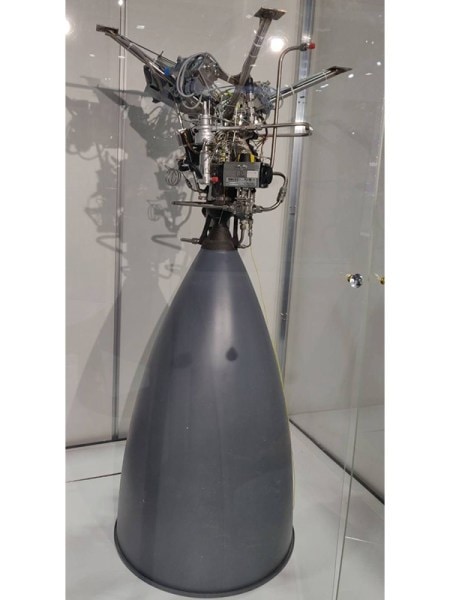
In a remarkable feat, Agnikul Cosmos, an IIT Madras-incubated startup, has launched the world’s first single-piece rocket with a 3D-printed engine. Named Agnibaan, this launch vehicle signifies a major leap forward in space technology, boasting significant advantages over conventional methods.
Agnikul Cosmos’ co-founder Srinath Ravichandran highlights the transformative power of 3D-printing technology in rocket engine production. Agnibaan’s engine takes a mere 72 hours to print, compared to the 2-3 months required for traditional manufacturing methods. This drastic reduction in production time translates to faster development cycles and improved efficiency.
Continue readingSOURCE: IDRW.ORG.
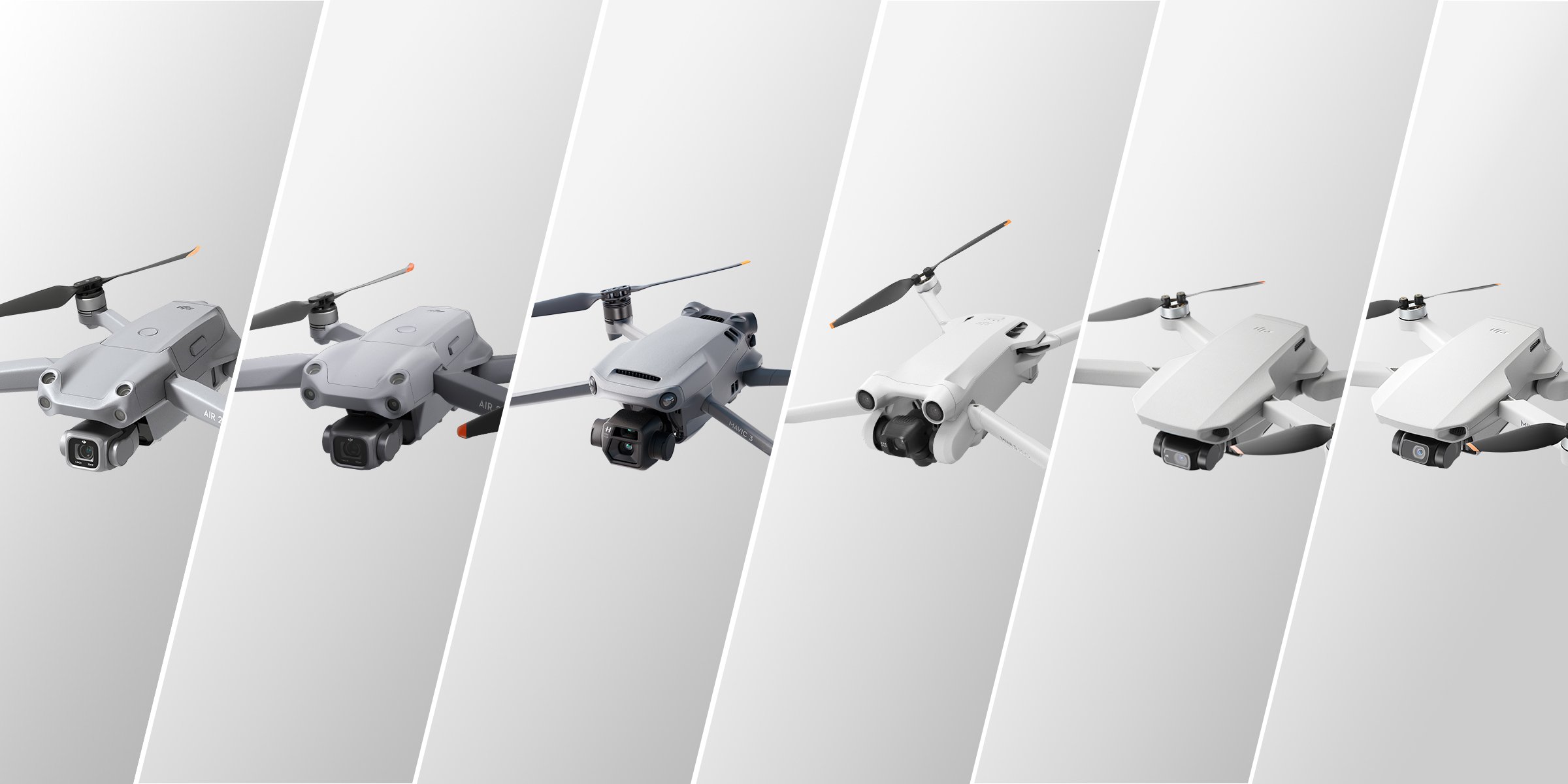
DJI, the Chinese tech giant headquartered in Shenzhen, has dominated the global drone market for years. However, a growing chorus of voices is calling for a viable alternative, and India is well-positioned to take on this challenge. Here’s why:
The global drone market is projected to reach a staggering $50 billion by 2025, fueled by applications across various industries like agriculture, infrastructure inspection, and logistics. India, with its vast agricultural sector and growing infrastructure needs, presents a massive potential market for drone technology.
Continue readingSOURCE: IDRW.ORG

NewSpace Research and Technologies (NRT), a Bengaluru-based aerospace and defense R&D company, has successfully conducted a field demonstration of its autonomous Uncrewed Aerial Vehicles (UAVs) in a challenging GPS-denied environment. This showcase, dubbed “Swarm in the Wild,” highlighted the impressive capabilities of NRT’s swarming UAV technology.
The demonstration kicked off with a single command triggering the autonomous take-off of the entire swarm. This signifies a high degree of coordination and control over the individual UAVs.
Continue readingSOURCE: IDRW.ORG
Lokesh Machine Limited has been awarded a contract worth ?42.6 million by the Northern Command of the Indian Army. The order, secured on May 31, 2024, involves the supply of submachine guns known as the 9×19 mm Machine Pistol (ASMI) along with accessories.
The Indian Army is expected to take delivery of the complete order by September 28, 2024. Notably, Lokesh Machine Limited was the second-lowest bidder (L2) in the tender, with Jindal emerging as the lowest bidder (L1).
Continue readingSOURCE: IDRW.ORG
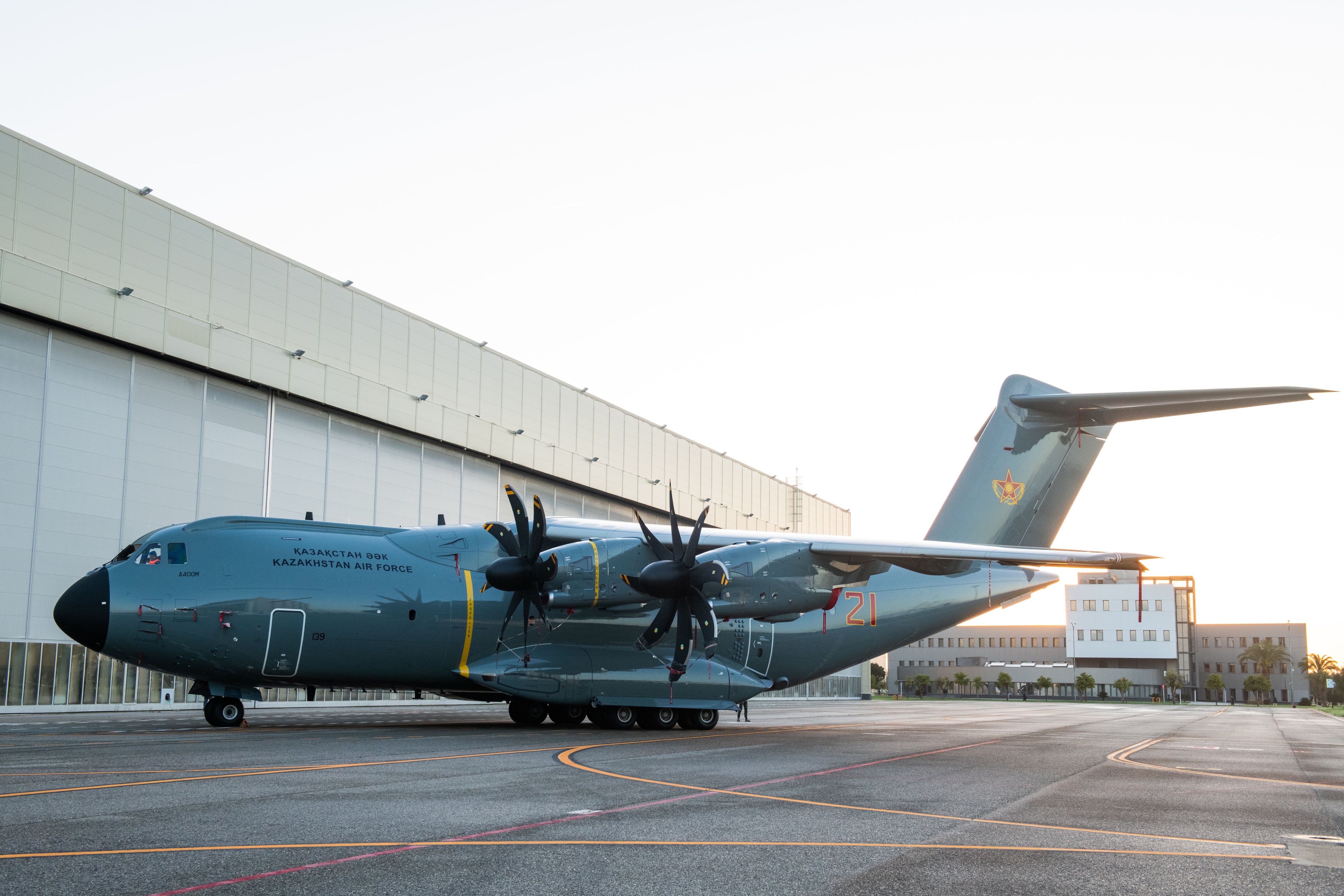
Germany is gearing up to showcase its A-400M military transport aircraft to the Indian Air Force (IAF) at the upcoming multinational air exercise Tarang Shakti in August 2024. This exercise presents a strategic opportunity for Germany, as the A-400M is a strong contender for an IAF tender for Medium Transport Aircraft (MTA).
Sources close to the development have revealed idrw.org that the IAF, having already reviewed the A-400M in Europe, is particularly impressed with its cargo-carrying capacity – the largest among its competitors in the race. With a maximum payload of up to 37 tonnes, the A-400M outshines the C-130J and C-390M, both vying for the same IAF contract.
Continue readingSOURCE: IDRW.ORG

The Adani Group, a prominent Indian conglomerate, is setting its sights on becoming a major player in the country’s defense sector. According to sources familiar with the developments, Adani has allocated a war chest of $2-2.5 billion for acquisitions over the next 2-3 years.
Drone technology appears to be a key area of focus. The company is reportedly zeroing in on drone tech firms in Bengaluru and Hyderabad, known for their expertise in developing drones for reconnaissance missions in hostile environments. This acquisition strategy aligns with Adani’s broader ambitions to ramp up investments in unmanned systems, small arms, and missiles. Additionally, the group plans to venture into the production of indigenous artillery guns, further bolstering India’s self-reliance in defense equipment.
Continue readingSOURCE: IDRW.ORG.

The Defence Research and Development Organisation (DRDO) is on the verge of unveiling a new weapon in its arsenal – the STAR supersonic target drone. Scheduled for testing later this year, STAR promises to revolutionize the way India trains its naval crews to combat modern anti-ship missile threats.
STAR, or Supersonic Target for Anti-Radiation, is designed to mimic the characteristics of modern anti-ship missiles. Capable of achieving speeds exceeding Mach 2.4, STAR will allow naval personnel to hone their skills in detecting and defeating these high-velocity threats.
Continue readingSOURCE: IDRW.ORG.

India’s Defence Research and Development Organisation (DRDO) has announced the successful design and development of a compact spaceborne hyperspectral imaging payload, according to industry partner Paras Defence. The payload is slated for launch by September 2024.
Hyperspectral imaging technology captures detailed information across a wide range of wavelengths, providing a more comprehensive picture compared to traditional cameras. This advanced technology has numerous applications, including earth observation, resource mapping, environmental monitoring, and disaster management.
Continue readingSOURCE: IDRW.ORG
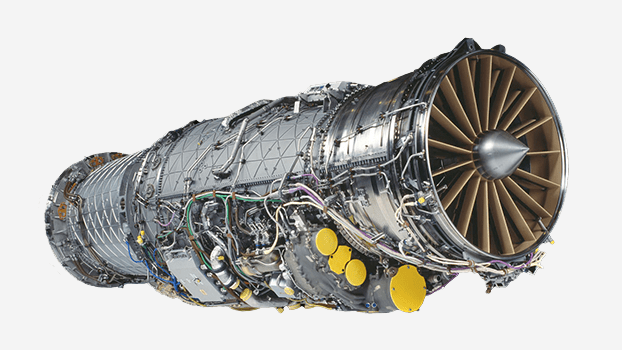
Mishra Dhatu Nigam Limited (MIDANI), an Indian state-owned company, is in discussions with Pratt & Whitney, a leading manufacturer of aircraft engines, for the potential supply of engine components.
Pratt & Whitney engines are ubiquitous in the aviation industry, powering both commercial airliners and military aircraft. While specific details regarding the components under discussion haven’t been disclosed by MIDANI due to ongoing negotiations, the potential partnership holds significant weight.
Continue readingSOURCE: IDRW.ORG
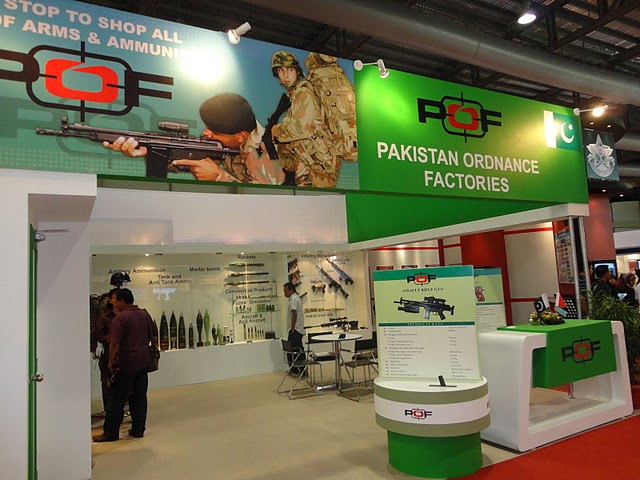
Pakistan Ordnance Factories (POF), a long-time supplier of small arms and ammunition, is facing stiff competition from India’s growing arms industry. This shift threatens POF’s market share, particularly in the Arab Gulf and Africa, where they traditionally held dominance.
For years, POF enjoyed a stable market of around $100 million annually. However, recent reports suggest a decline in sales due to concerns about ammunition quality. High rates of failure in Pakistani ammo have led traditional customers to seek alternatives.
Continue readingSOURCE: IDRW.ORG
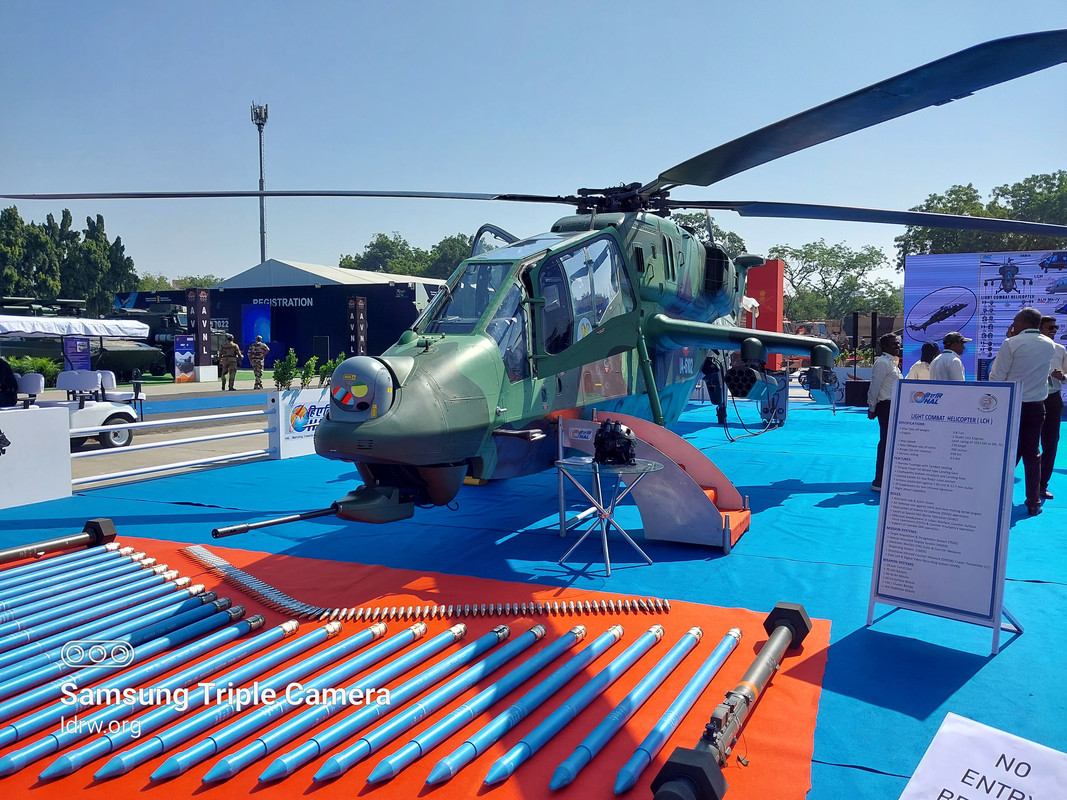
India’s state-owned Hindustan Aeronautics Limited (HAL) has confirmed receiving a Request for Proposal (RFP) from the Ministry of Defence (MoD) for the procurement of 156 Light Combat Helicopter (LCH) Prachand attack helicopters.
This significant development comes after the Indian Army raised its first attack squadron equipped with LCHs in Bangalore on June 1, 2022. The plan is to establish a total of seven squadrons, each with ten helicopters. The Indian Air Force (IAF) also formally inducted the Prachand into its fleet at the 143 Helicopter Unit at Jodhpur Air Force Station on October 3, 2022.
Continue reading